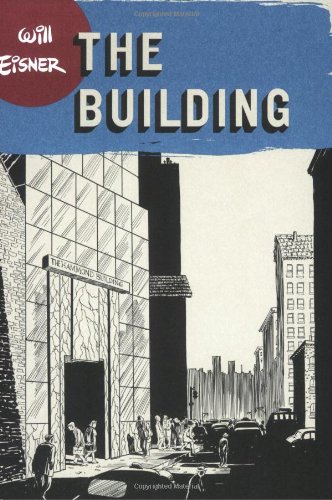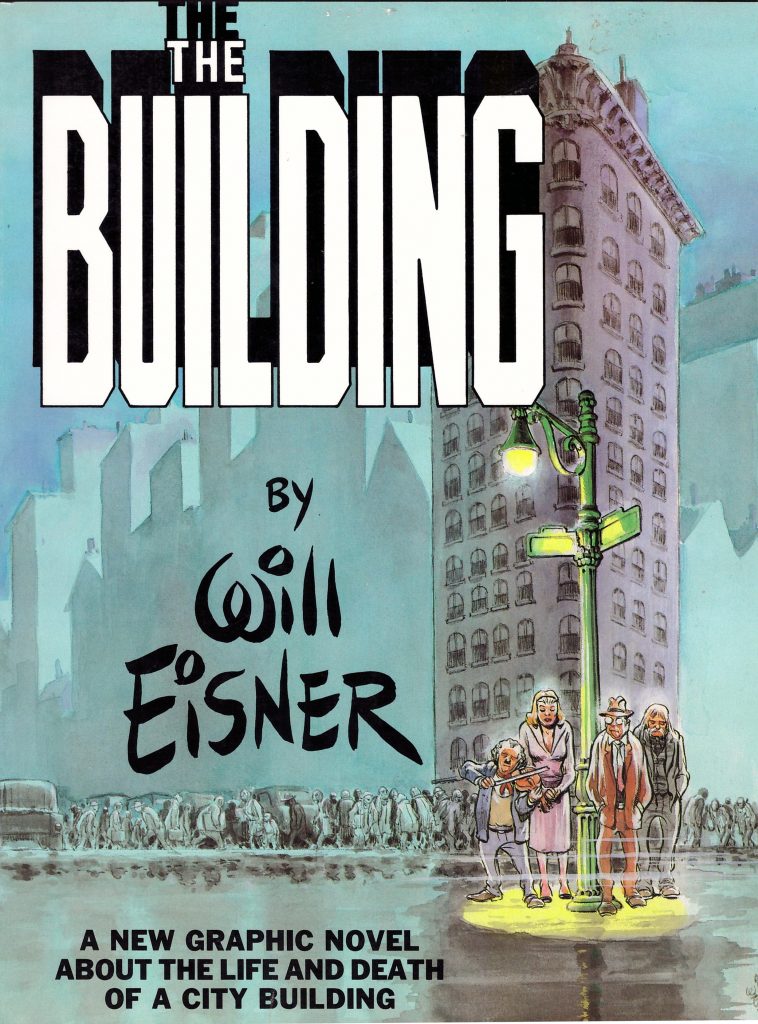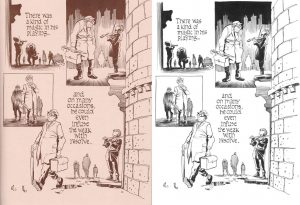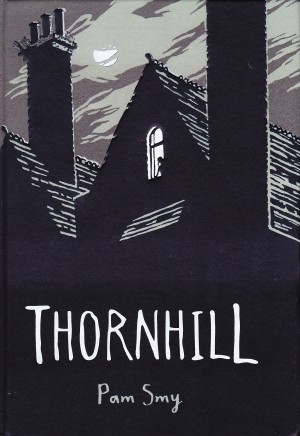Review by Ian Keogh
Will Eisner’s strong ties to the tenement communities of New York saw him return time and again to the location as he created his graphic novels from the late 1970s. His most explicit love letter to the architecture is The Building, in which he relates the stories of four people. None of them lived or worked in the just demolished thirteen story street corner block, but their lives are intimately connected to it. His central conceit is that of a collective memory imprinted in the character of building, deriving from those who’ve spent portions of their lives there, and manifesting in the individual character studies that follow his introduction.
The sentimentality underpinning all Eisner’s best work is only really evident in the concluding pages, which tie off the individual stories collectively, offering redemption and release. Otherwise the central theme is a lack of fulfilment, whether due to personality, decisions made or circumstances beyond control. Unusually for Eisner, of the four protagonists only violinist Antonio Tonatti is entirely sympathetic, forged by circumstance instead of choice, and his is the shortest of the spotlights. To greater or lesser extents Monroe Mensch, Gilda Green and P. J. Hammond take decisions that impact negatively on their lives, although in the well meaning Mensch’s case that’s his transformative point rather than a gradual revelation.
Some character aspects date The Building and Eisner himself, particularly the only female character being defined by her domestic life and a choice to secure herself a comfortable future. Eisner’s personalities are so well defined, though, that we understand the basis of poor decisions while being entranced with his storytelling. The art is superb, although by current standards Eisner is prone to over-dramatising his cast, particularly the idealistic poet connected with Gilda Green, but the life and movement on these pages still resonates.
While strong character development is hardly unique to Eisner’s work, it’s interesting to reflect that in all the years since Eisner issued A Contract With God, it’s difficult to find another creator who’s followed his lead in producing so many compact demonstrations. The comic form tends to prioritise the fantastic, while Eisner’s spark was generated by encapsulating everyday humanity, and he again does so in satisfyingly moving fashion.
The Building’s current edition is printed on pristine white pages, or available collected with similarly themed graphic novels as Will Eisner’s New York: Life in the Big City, but they’re not necessarily the best presentation. The original Kitchen Sink edition was printed at European album size on sepia paper, and the simulation of age acts as an evocative companion to the story.






